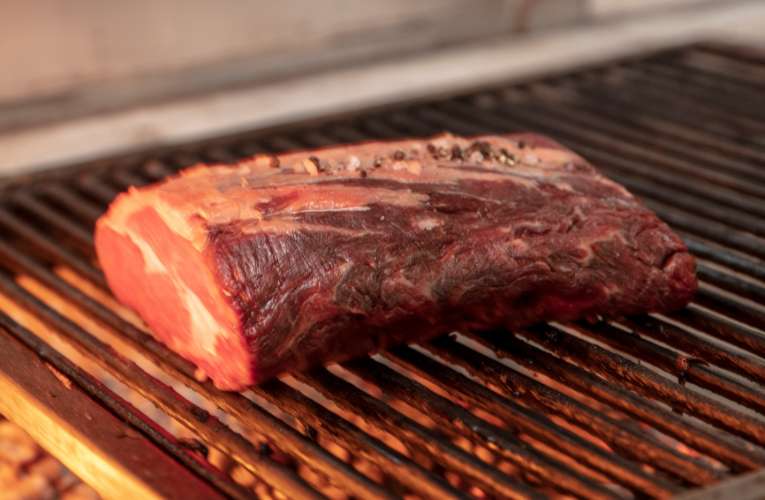When it comes to enjoying a delicious steak, many individuals might wonder if it’s kosher. Kosher food adheres to specific dietary laws in Judaism, ensuring it’s prepared and consumed in accordance with Jewish traditions.
While kosher steak does exist, it requires careful supervision and preparation to meet the requirements. This includes using kosher-certified meats, following strict butchering practices, and abstaining from mixing meat with dairy.
If you’re seeking a kosher dining experience, it’s important to look for reputable kosher-certified establishments that adhere to these guidelines.
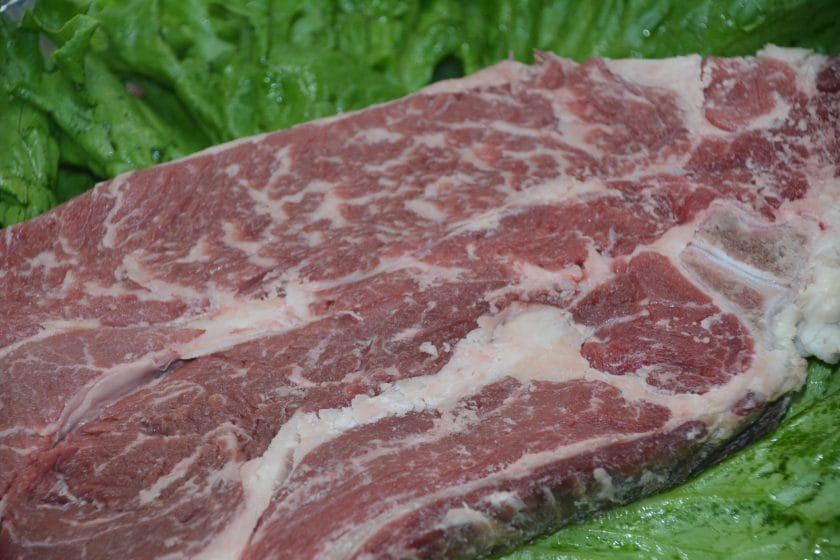
Common Misconceptions about Kosher Steak Explained
When it comes to kosher food, there are often many misconceptions and misunderstandings. One particular area that can be confusing is kosher steak.
In this section, we will explore and debunk some common misconceptions about kosher steak, providing a clear understanding of what makes it different from regular steak.
1. Kosher steak is not flavorful
One common misconception is that kosher steak lacks flavor compared to non-kosher options. However, this is simply not true. The preparation process for kosher meat, which involves removing the blood and certain fats, actually enhances the natural flavors of the meat.
Additionally, the quality of the meat itself plays a significant role in the taste, and kosher steak can be just as flavorful and delicious as any other steak.
2. Kosher steak is tougher
Another misconception is that kosher steak is tougher because of the strict kosher slaughtering process. However, this is a misunderstanding.
The tenderness of a steak depends on factors such as the cut, aging process, and cooking technique, rather than whether it is kosher or not. Kosher steak can be just as tender as its non-kosher counterparts when prepared and cooked correctly.
3. Kosher steak is dry
Some people believe that kosher steak tends to be dry and lacking in juiciness. This perception may stem from the additional salting process required to remove the blood from kosher meat.
While it is true that kosher meat undergoes salting to extract the blood, this process does not necessarily result in a dry steak. Proper cooking techniques, such as marinating or basting, can help retain moisture and create a juicy and flavorful kosher steak.
4. Kosher steak is more expensive
Contrary to popular belief, kosher steak is not inherently more expensive than non-kosher steak. Pricing for both types of meat can vary depending on factors such as the cut, grade, and market conditions.
While there may be specific kosher certifications that come with additional costs, this does not make kosher steak universally more expensive. It is important to compare prices and quality when making purchasing decisions.
5. Kosher steak is only for religious purposes
Some individuals may assume that kosher steak is exclusively intended for religious observance and dietary restrictions.
However, kosher food is enjoyed by people from various backgrounds, including those who appreciate the specific preparation methods and the high standards of kosher certification. Kosher steak can be enjoyed by anyone seeking high-quality meat prepared with attention to detail.
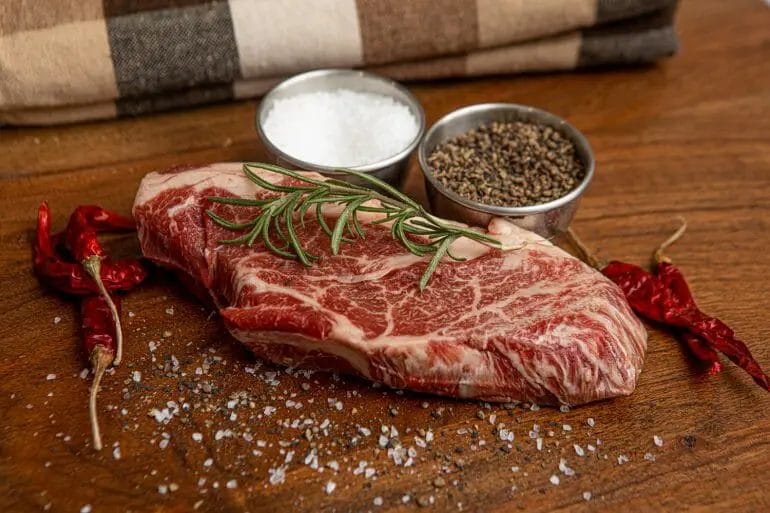
Health Benefits of Choosing Kosher-certified Steak
Choosing kosher-certified steak not only ensures adherence to specific dietary laws but also offers numerous health benefits. Kosher meat, including steak, undergoes a unique preparation process that sets it apart from regular meat.
This process imparts several advantages that contribute to a healthier eating experience. In this section, we will explore some of the health benefits associated with choosing kosher-certified steak.
Natural and Ethical Practices
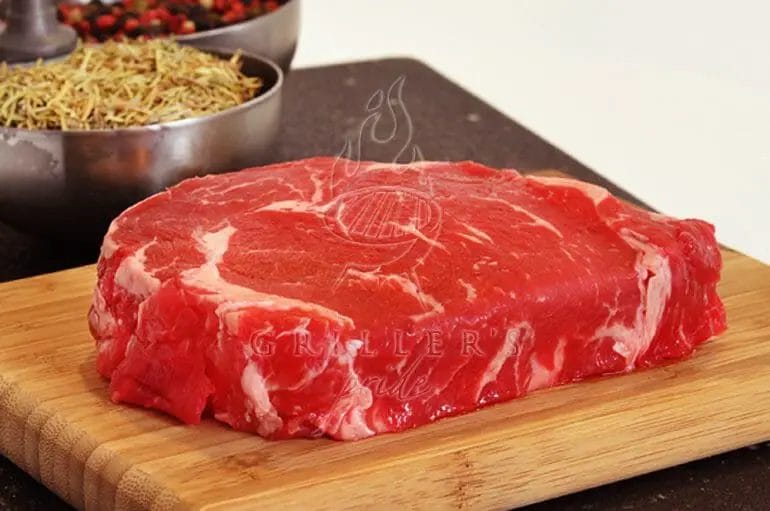
Kosher-certified meat is produced using natural and ethical practices. The animals are raised in humane conditions, with a focus on their welfare. These animals are not subjected to unnecessary harm, stress, or overcrowding, resulting in healthier and higher quality meat products.
No Hormones or Antibiotics
One of the key health benefits of kosher-certified steak is that it is free from hormones and antibiotics. The kosher dietary laws prohibit the use of certain additives, including growth hormones and antibiotics, in the rearing and processing of the animals.
This means that when you choose kosher-certified steak, you can enjoy meat that is free from these potentially harmful substances.
The absence of hormones and antibiotics ensures that the meat you consume is as natural as possible, without any artificial enhancements. This can have a positive impact on your health, as excessive consumption of hormones and antibiotics in non-kosher meats has been linked to various health issues.
Thoroughly Drained Blood
Kosher-certified meat undergoes a process called “kashering,” which involves thoroughly draining the blood from the meat. This process is done in accordance with Jewish dietary laws and serves several health benefits.
Draining the blood from the meat helps eliminate excess salt and other impurities, resulting in a leaner and more flavorful meat.
This can be beneficial for individuals looking to reduce their salt intake or follow a heart-healthy diet. Additionally, removing the blood helps prolong the shelf life of the meat by reducing the risk of bacterial growth.
Strict Hygiene Standards
Kosher-certified meat is produced following strict hygiene standards. The entire process, from slaughter to packaging, is closely monitored to ensure cleanliness and food safety. This includes proper inspection of the animals, facilities, and equipment used in the production process.
These stringent hygiene standards minimize the risk of contamination and foodborne illnesses, providing consumers with peace of mind when consuming kosher-certified steak.
Healthy Fat Composition
Kosher-certified steak tends to have a healthier fat composition compared to non-kosher meats. The kosher preparation process involves salting immediately after slaughter, which helps draw out excess blood and fat from the meat.
This results in a leaner cut of steak, with reduced intramuscular fat. Choosing leaner cuts of meat can be beneficial for individuals looking to manage their cholesterol levels or maintain a healthy weight.
High Nutritional Value
Kosher-certified steak is packed with essential nutrients. It is a rich source of high-quality protein, iron, zinc, and B vitamins. These nutrients play a vital role in supporting overall health and wellbeing.
By choosing kosher-certified steak, you can ensure that you are incorporating these essential nutrients into your diet, promoting optimal health.
Exploring Different Cuts of Kosher Steak and Their Culinary Uses
When it comes to kosher steak, there are several different cuts that offer unique flavors and textures. In this section, we will explore some of the most popular cuts of kosher steak and their culinary uses.
Whether you’re grilling, searing, or slow cooking, understanding the characteristics of each cut will help you choose the perfect steak for your next meal.
1. Ribeye
The ribeye cut is known for its exceptional marbling, which results in a tender and flavorful steak. This cut comes from the rib section of the cow, and it is highly prized for its rich taste. Ribeye steaks are perfect for grilling or pan-searing, as the fat content adds juiciness and enhances the flavor.
Due to its tenderness, the ribeye is also great for slow cooking methods like braising or stewing. This allows the fat to render down, making the meat incredibly succulent. Whether you prefer a thick cut or a thinner slice, the ribeye is a popular choice among steak enthusiasts.
2. Filet Mignon
Considered the most tender cut of beef, filet mignon is a highly sought-after kosher steak. This cut is taken from the smaller end of the tenderloin, which is located in the middle of the back, near the spine. Filet mignon has a buttery texture and a subtle flavor that pairs well with various seasonings and sauces.
Due to its tenderness, filet mignon is often cooked with dry heat methods such as grilling or pan-searing. It is recommended to cook it to medium-rare or medium to bring out its best flavors.
While it may be pricier than other cuts, filet mignon is a treat for special occasions or when you want to indulge in a luxurious steak experience.
3. Strip Steak
Also known as New York strip or striploin, this cut comes from the short loin area of the cow. Strip steaks are known for their robust flavor and a good balance of tenderness and marbling.
They have a slightly firmer texture compared to ribeye or filet mignon, making them ideal for those who prefer a meatier bite.
Strip steaks are versatile and can be cooked using various methods such as grilling, broiling, or pan-searing. They are often seasoned with simple flavors to let the natural taste of the beef shine through.
Whether you’re hosting a backyard BBQ or preparing a steakhouse-style dinner, strip steaks are a popular choice for meat lovers.
4. Sirloin
The sirloin cut is taken from the back of the cow, near the rump area. It is a versatile cut that offers a good balance of tenderness and flavor. Sirloin steaks are known for their beefy taste and slightly firmer texture compared to other cuts.
They are often more affordable than ribeye or filet mignon, making them a popular choice for everyday meals.
Sirloin steaks can be cooked using various methods, including grilling, pan-searing, or broiling. They are best cooked to medium-rare or medium to retain their juiciness and tenderness. Sirloin is a great option for those who enjoy a hearty steak without breaking the bank.
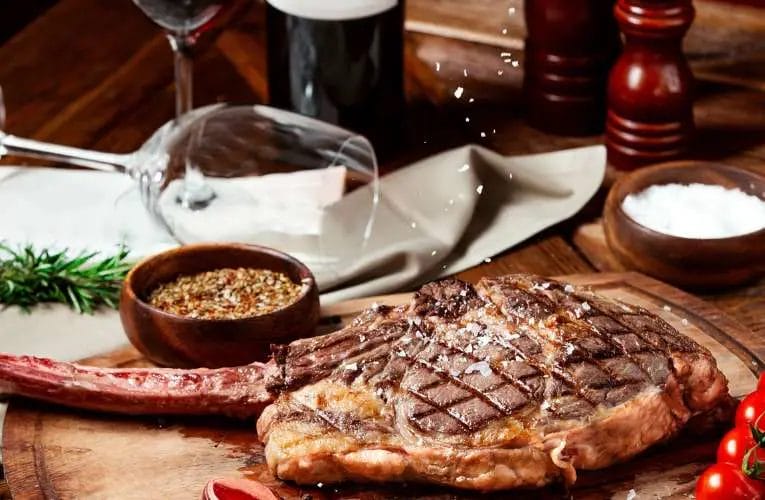
Tips for Properly Cooking and Seasoning Kosher Steak
When it comes to cooking and seasoning kosher steak, there are a few key tips to keep in mind to ensure the best flavor and texture. Whether you’re a seasoned chef or trying your hand at cooking steak for the first time, these tips will come in handy:
1. Selecting the Right Cut of Kosher Steak
The first step to cooking a delicious kosher steak is selecting the right cut. When it comes to kosher beef, some popular cuts include ribeye, strip steak, and filet mignon. These cuts are known for their tenderness and flavor. Choose a cut that suits your preferences and cooking style.
2. Properly Seasoning the Steak
Seasoning is key to enhancing the natural flavors of the kosher steak. Begin by generously seasoning the steak with kosher salt and freshly ground black pepper.
For additional flavor, you can also add garlic powder, onion powder, or your favorite steak seasoning blend. Allow the steak to sit at room temperature for about 30 minutes before cooking to allow the flavors to penetrate the meat.
3. Preheating the Grill or Pan
Before cooking the kosher steak, it’s important to preheat your grill or pan. For grilling, preheat the grill to medium-high heat. If you’re using a pan, preheat it over medium-high heat until it’s hot. A properly preheated surface ensures a nice sear and locks in the juices of the steak.
4. Cooking the Steak to the Desired Doneness
The cooking time and desired doneness of the kosher steak will vary depending on the thickness of the cut and personal preference. Here are some general guidelines:
- For rare: Cook the steak for 2-3 minutes per side.
- For medium-rare: Cook the steak for 3-4 minutes per side.
- For medium: Cook the steak for 4-5 minutes per side.
- For well-done: Cook the steak for 5-6 minutes per side.
It’s important to use a meat thermometer to ensure the steak reaches the desired internal temperature: 130°F (54°C) for rare, 135°F (57°C) for medium-rare, 145°F (63°C) for medium, and 160°F (71°C) for well-done.
5. Letting the Steak Rest
After cooking, it’s crucial to let the kosher steak rest for about 5-10 minutes. This allows the juices to redistribute throughout the steak, resulting in a more flavorful and tender bite. Resist the temptation to cut into the steak right away, as this can cause the juices to spill out and leave the steak dry.
6. Slicing and Serving
When it’s time to serve the kosher steak, make sure to slice it against the grain. This ensures a more tender bite. Serve the steak with your favorite side dishes, such as roasted vegetables or a refreshing salad, to complete the meal.
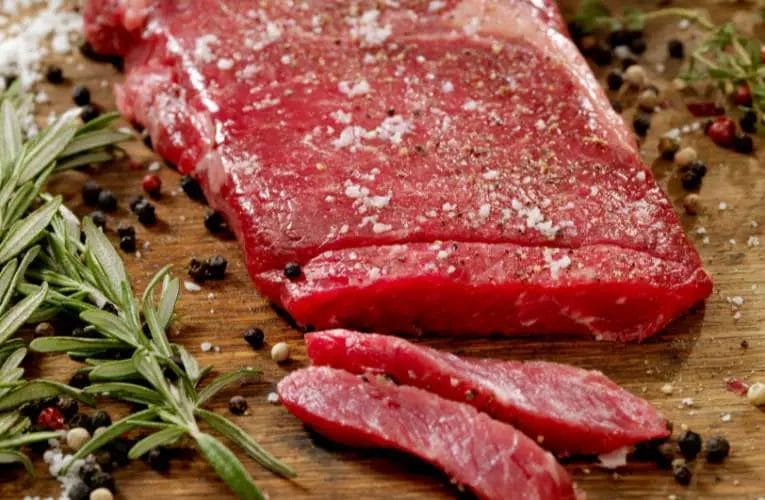
FAQs
Is steak kosher?
Whether steak is kosher or not depends on the specific rules of kosher dietary laws. In general, for meat to be considered kosher, it must come from a kosher species of animal that has been slaughtered according to Jewish ritual laws.
Additionally, it must be processed and prepared in a kosher manner. Therefore, if the steak meets these criteria, it can be considered kosher.
Conclusion
In conclusion, when it comes to determining whether steak is kosher, it is essential to consider several factors. Firstly, the source of the meat must be from a kosher animal, which includes strict guidelines on the animal’s diet and processing.
Additionally, the preparation and handling of the meat must follow kosher laws, ensuring that it is not mixed with non-kosher ingredients or cooked in non-kosher utensils.
While steak can be kosher, it is crucial to consult with a knowledgeable authority or certification to ensure that all necessary requirements are met.
Whether for religious or personal reasons, individuals choosing to consume kosher steak can enjoy a delicious meal while adhering to specific dietary guidelines.

